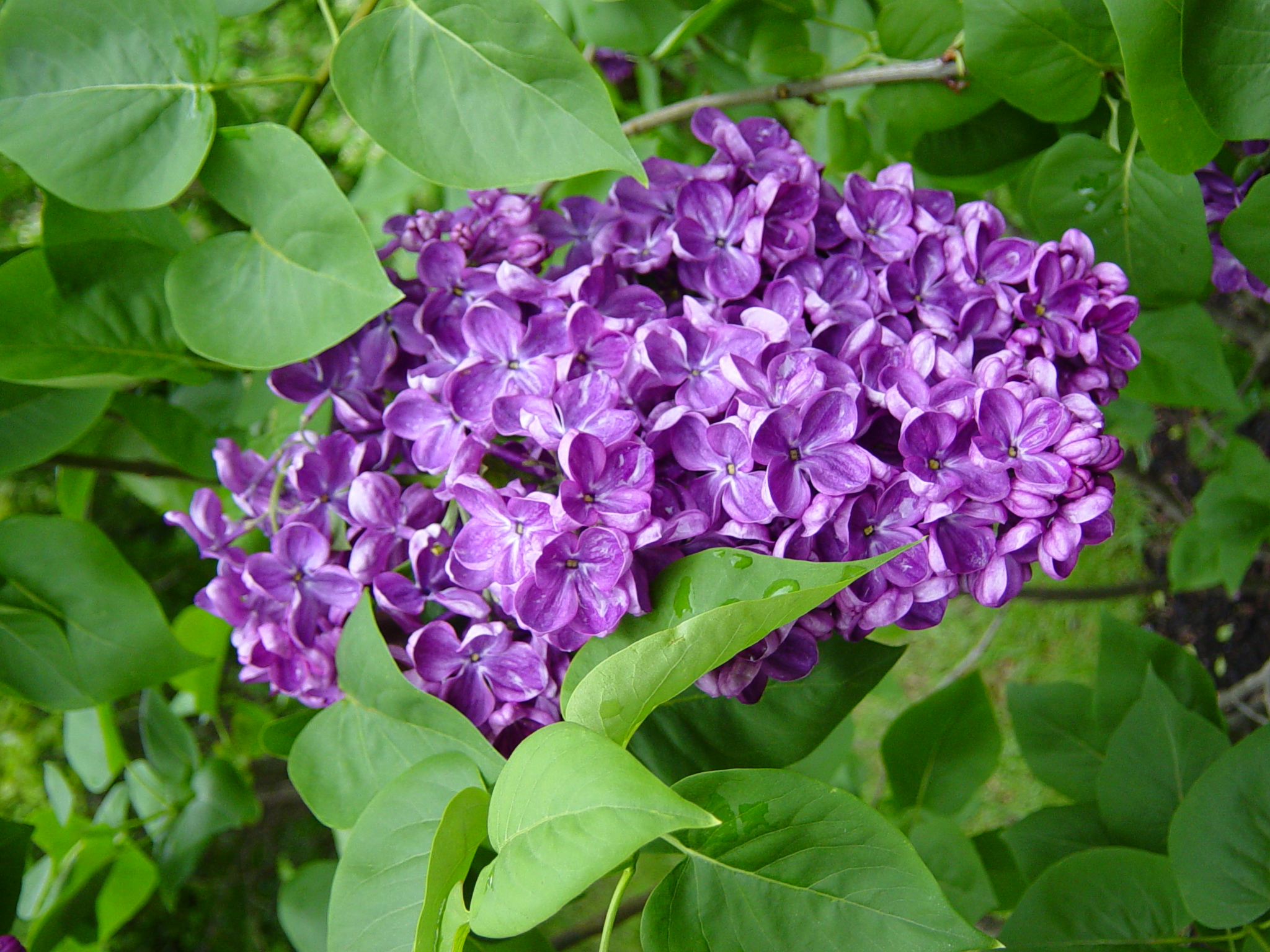How To Grow And Care For A Lilac Plant
Lilac bushes are a beloved addition to any garden or landscape. Not only do they bring stunning, fragrant flowers in shades of purple, pink, white, and even yellow, but they are also relatively easy to care for. In this guide, we'll be covering everything you need to know about growing and caring for lilac bushes. Plant Attributes When choosing a spot to plant your lilac bush, it's important to consider a few key factors. First, lilacs prefer full sun exposure, meaning they should get at least 6 hours of direct sunlight per day. They also need well-draining soil with a pH between 6.0 and 7.0. If your soil is too acidic, you can add lime to raise the pH level. Lilacs are hardy shrubs that can grow in a variety of climates, but they tend to do best in areas with cold winters and mild summers. If you live in a particularly hot or dry area, you may need to provide extra water to ensure your lilac stays healthy and hydrated. Plant Care Once your lilac bush is planted, there are a few key steps you can take to care for it and keep it looking its best. First, make sure to water your lilac regularly, particularly during hot, dry spells. Aim to water deeply about once a week, rather than giving your lilac frequent, shallow waterings. You can also fertilize your lilac bush once or twice a year, in the spring and fall. Use a slow-release, balanced fertilizer that contains equal amounts of nitrogen, phosphorus, and potassium. This will help your lilac produce healthy, vigorous growth. Pruning Pruning is an important part of caring for your lilac bush. In fact, proper pruning is essential to keeping your lilac looking neat and healthy. The best time to prune lilacs is shortly after they have finished blooming, which is usually in late spring or early summer. Start by cutting off any dead, diseased, or broken branches. Then, remove any suckers that are growing from the base of the plant. Next, thin out the remaining branches as needed, removing any that are crossing or rubbing against each other. Finally, shape the bush by cutting back any overly long or straggly branches. Propagation If you want to propagate your lilac bush, you can do so using a cutting or by layering. To propagate by cutting, take a 4-6" cutting from a healthy, established lilac bush in the early summer. Strip off the bottom 2 inches of leaves, then dip the cut end in rooting hormone and plant it in a pot filled with well-draining potting soil. Keep the soil moist and in a warm, bright spot until roots begin to form. To propagate by layering, bend a low-hanging branch of your lilac bush down so that it touches the ground. Scratch the bark where the branch touches the ground, then cover the spot with soil. Keep the soil moist and the branch will eventually put down roots. Once it has done so, you can cut the new plant away from the parent plant and transplant it. Potting & Repotting If you choose to grow your lilac in a pot, make sure to choose a container that is at least 18" in diameter and 24" deep. Fill the pot with well-draining potting soil and plant your lilac as you would in the ground. Keep it in a sunny spot and water it regularly. If your lilac outgrows its pot, you may need to repot it into a larger container. To do so, gently remove the lilac from its current pot and transfer it to a new, larger one filled with fresh potting soil. Common Pests & Plant Disease Like all plants, lilacs can be vulnerable to pests and disease. Some common lilac pests include aphids, spider mites, and powdery mildew. To fend off these pests, try spraying your bush with a gentle, organic insecticide or fungicide, or using beneficial insects like ladybugs to control their populations. Common Problems One common problem with lilacs is a lack of blooms. If your lilac is healthy but not blooming, it may be due to incorrect pruning. Make sure you're pruning your lilac shortly after it finishes blooming, as this will allow it to produce new growth for next year's flowers. Another common problem is leaf curl, which can be caused by various fungal infections. Be sure to keep your lilac pruned to allow good air flow, and avoid over-watering, which can promote fungal growth. In conclusion, growing and caring for lilac bushes can be a rewarding and relatively easy task. With proper planting, watering, and pruning, you can enjoy the stunning beauty and fragrant blooms of these lovely shrubs for years to come. 
/lilac-bushes-growing-tips-2132722_07-99d94bcb495646b38aac142839564f15.JPG)


www.almanac.com
evaroomhouse.blogspot.com

www.pinterest.com
Post a Comment for "How To Grow And Care For A Lilac Plant"